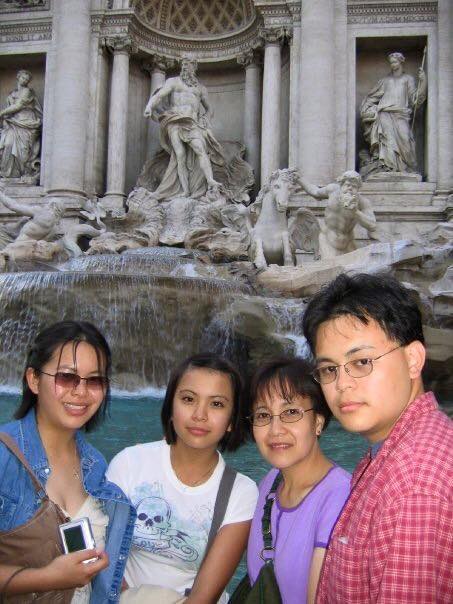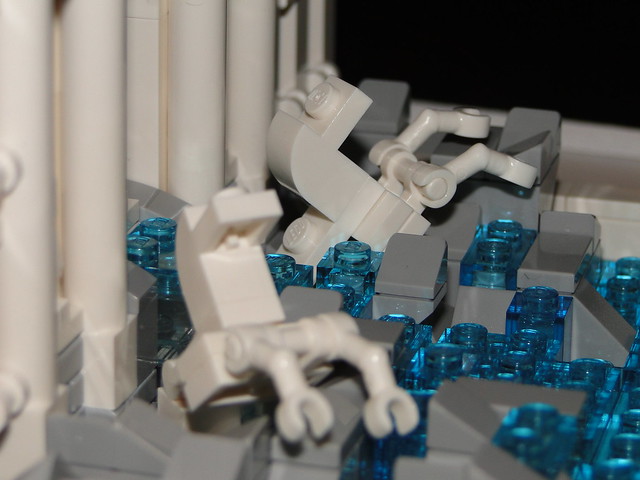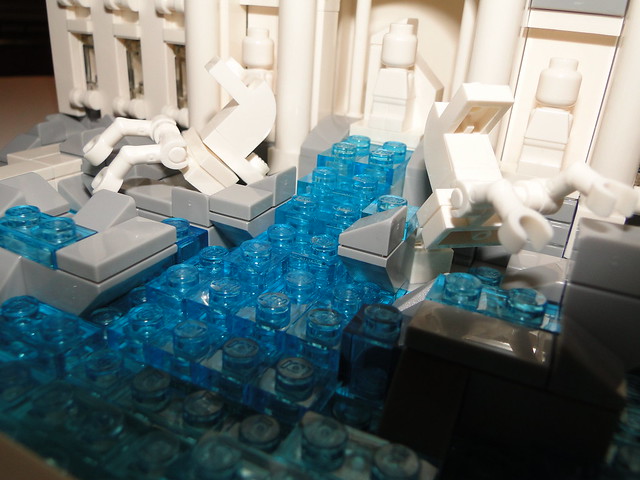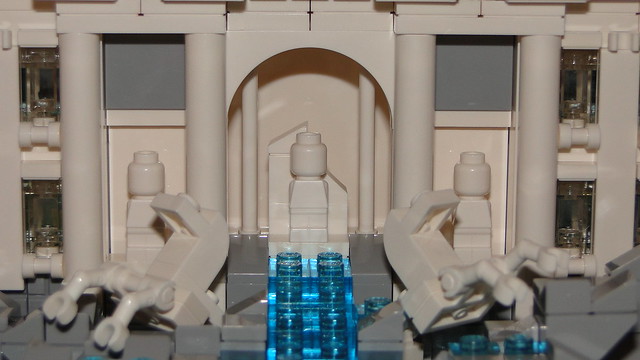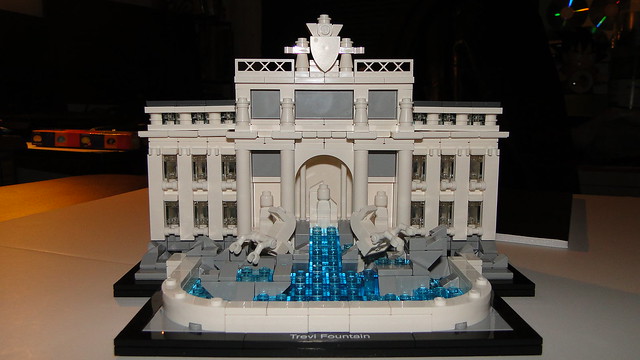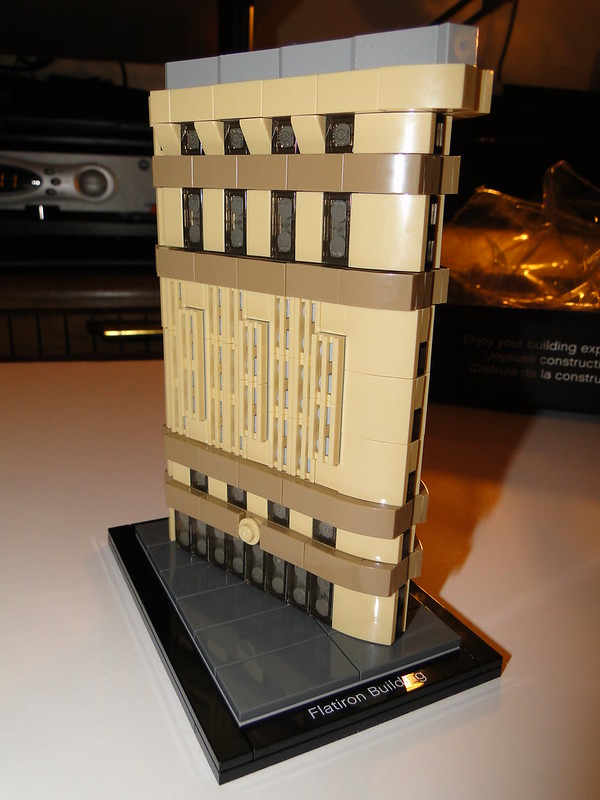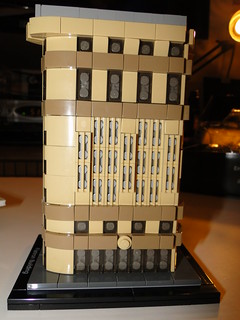Abraham Lincoln holds a unique place in the history of the United States: not only did he save the Union, he reinvigorated the nation’s founding principle — that all men are created equal. The campaign to erect a fitting memorial in his name began even as he lay on his deathbed in 1865. It would eventually be completed 57 years later, after decades of disagreements over what type of monument to build and where it should be placed.
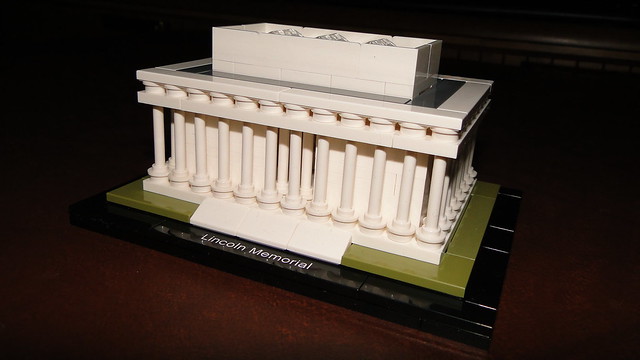
The campaign to erect a fitting memorial for Abraham Lincoln began even as he lay on his deathbed in 1865. It would eventually be completed 57 years later, after decades of disagreements over what type of monument to build and where it should be placed.
The memorial itself echoes a classic Greek temple and the structure measures 189.7 by 118.5 ft. (58 by 36 m) and is 99 ft. (30 m) tall. It is surrounded by a colonnade of 36 fluted Doric columns, one for each of the 36 states in the Union at the time of Lincoln’s death.
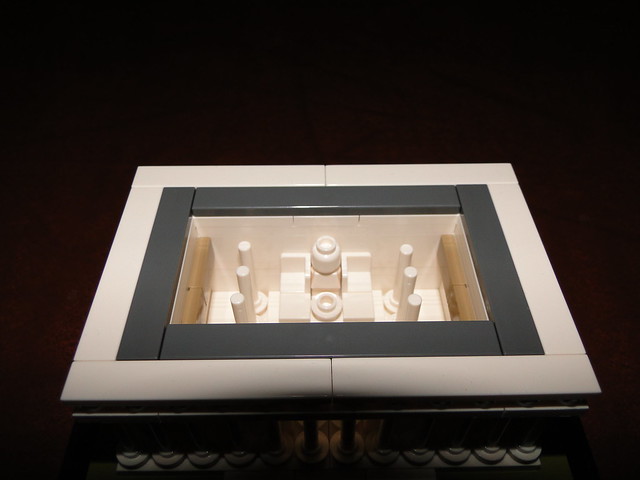
The interior of the monument is divided into three chambers. The north and south chambers contain carved inscriptions of Lincoln’s second inaugural address and his Gettysburg Address. Above each of the inscriptions is a mural portraying the governing principles in Lincoln’s life.
Between the north and south chambers is the central chamber containing the solitary figure of Lincoln sitting in contemplation.

I thought I'd make this set for Memorial day.
I'm done.
